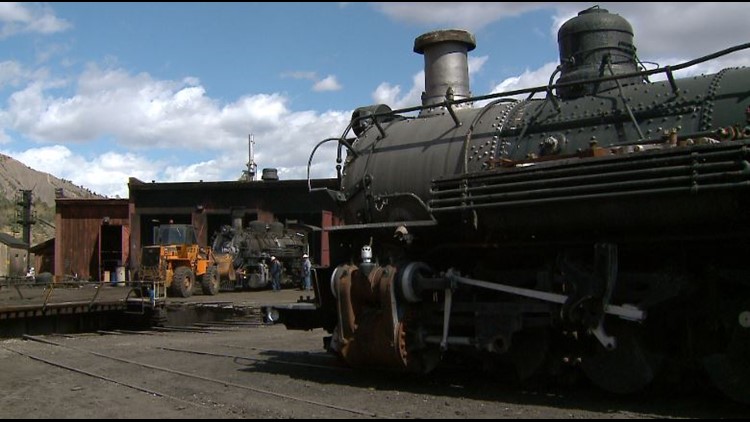Colorado's railroads are an important part of its past and a bright part of the state's present, too.
From the front range to the western slope, there are more than a half-dozen old railway lines still open for business today.
It's a great way to explore more of our beautiful state without having to do the work of hiking up a 14er!
Enjoy this story of the team who works to keep the Durango & Silverton line open for business more than 100 years after it was opened.
Watch Colorful Colorado, a 30 minute special on our beautiful state, Saturday, May 27 at 9:30PM on KTVD Channel 20.
Georgetown Loop Railroad
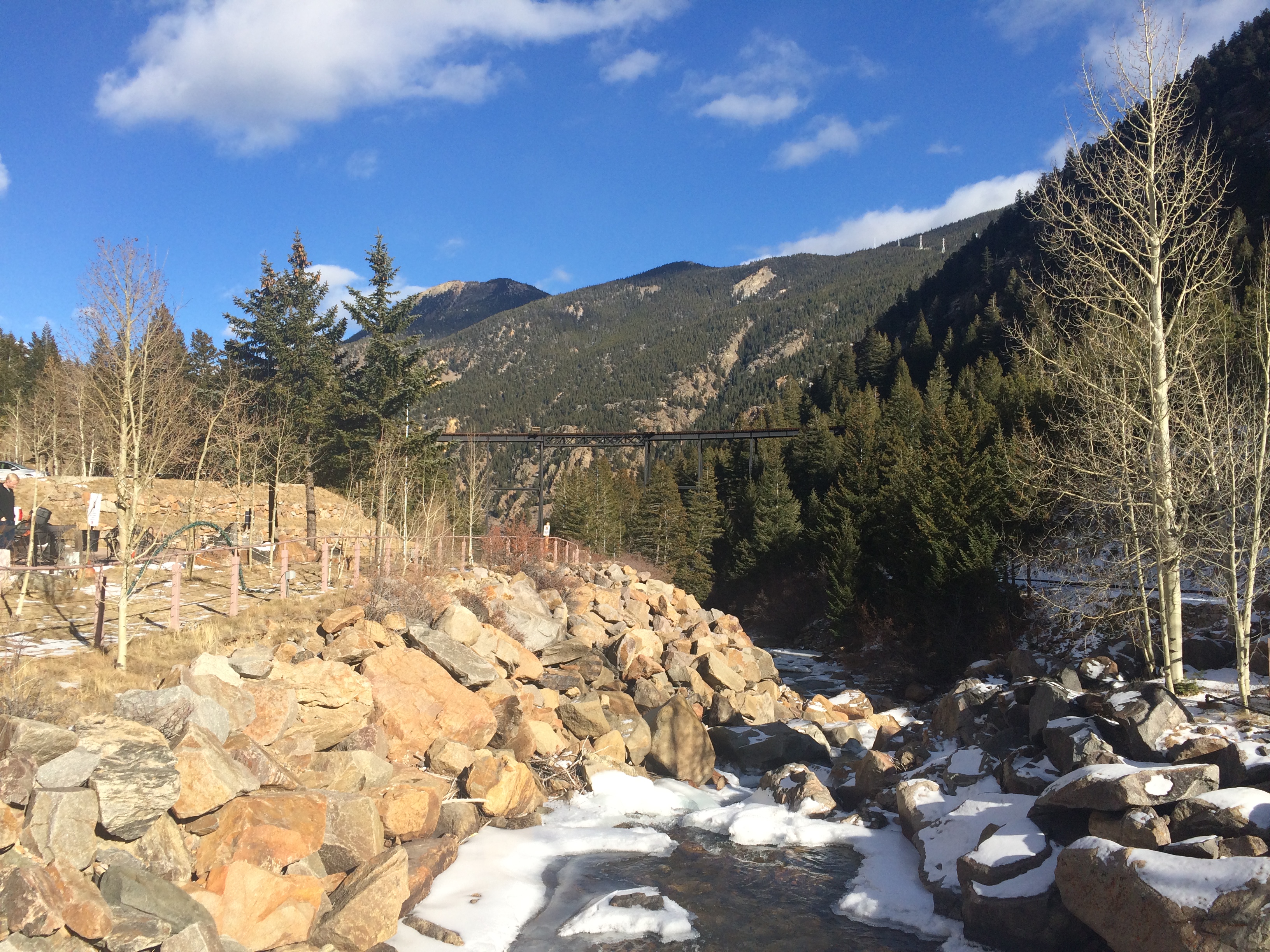
One of Colorado’s most famous rail lines, the Georgetown Loop Railroad is a three-foot “narrow gauge” rail line which today takes tourists along Clear Creek in Georgetown.
Completed in 1884, the railroad takes passengers on an hour and 15 minute ride through scenic mountain views.
It is one of Colorado’s first visitor attractions, considered an engineering marvel for its time. In the fall, the colors are stunning, and during the holidays, kids can meet Santa on themed rides.
You can also take tours of old nearby mines as part of your excursion.
Pikes Peak Cog Railway
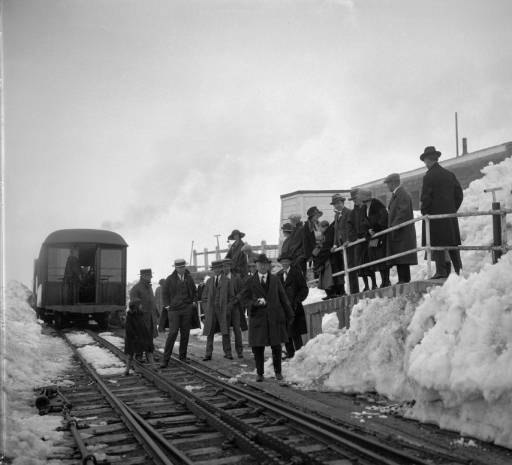
It’s the world’s highest cog train!
Climb to 14,115 feet to see breathtaking panoramas that inspired the song America the Beautiful.
The little red cog train has been taking visitors up to Pikes Peak since 1891.
On the afternoon of June 30th, 1891, the first passenger train, carrying a church choir from Denver, made it to the summit of Pikes Peak by train.
Today, the train runs on diesel-powered engines and train-cars imported from Switzerland. The Pikes Peak area is a great place to take out-of-town guests with plenty to do in town and around the beautiful scenery.
Leadville, Colorado & Southern Railroad Co.
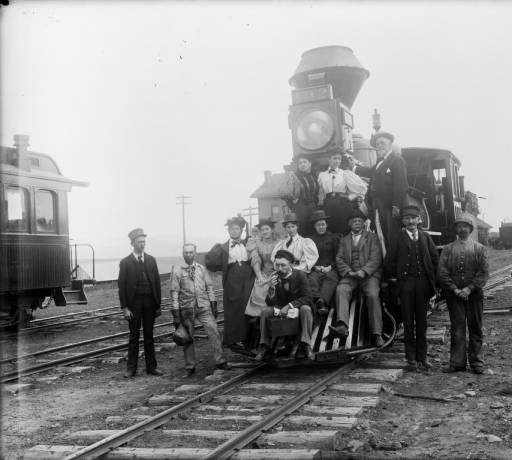
Want to see the Continental Divide by train? Check out the Leadville & Southern Railroad Co., originating in the highest incorporated city in North America.
You’ll travel along the old Denver, South Park & Pacific and Colorado & Southern lines. The two-and-a-half hour trip takes you along the Arkansas River Valley, 1,000 feet off the valley floor, with spectacular views of the two tallest peaks in Colorado, Mt. Elbert and Mt. Massive, as well as panoramic vistas of Freemont Pass.
Fall colors on this route are also stunning. You can also bring a picnic lunch to enjoy on the train!
Durango & Silverton Narrow Gauge Railroad & Museum
PHOTOS: Working on the Durango & Silverton Railroad
On Colorado’s Western Slope is one of the most well-known western railway lines. Durango was founded by the D&RG Railway in 1880.
The railroad arrived to the own in August of 1881; a year later the tracks to Silverton were completed and the train began hauling people and freight.
Its primary use was to haul mine ore - gold and silver - from the San Juan Mountains, but it’s so scenic, it was also popular as a tourist attraction.
The railroad has faced many challenges over the years, from the silver crash of 1893 to fire, World War I, flu epidemics and snow slides.
The rail line was used during World War II to process and haul uranium, and post-war was even used in several movies including Around the World in 80 Days.
During the latter part of the 1960s, the Durango-Silverton was registered as a National Historic Landmark and was awarded as a National Historic Civil Engineering Landmark.
The locomotives used today to take tourists along for the ride are still 100 percent coal-fired and steam-operated! There is also a museum on site dedicated to the railway’s rich history.
San Luis & Rio Grande Railroad
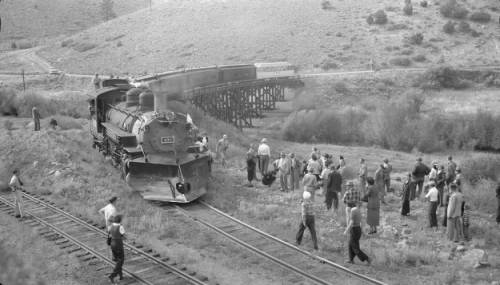
Located in Alamosa, the San Luis & Rio Grande Railroad travels over La Veta Pass on tracks completed way back in 1878.
From the 1890s until 1950, Alamosa was alive with trains, hauling everything from ore to cattle to lumber.
nown as the “Rio Grande Scenic Railroad,” the train offers special events hosted on board.
The heavyweight open window cars from the Southern Railroad come from as far back as the roaring 20’s.
They include the iconic “Lookout Mountain,” an open-air car giving passengers an unparalleled view of the passing scenery.
Royal Gorge Railroad
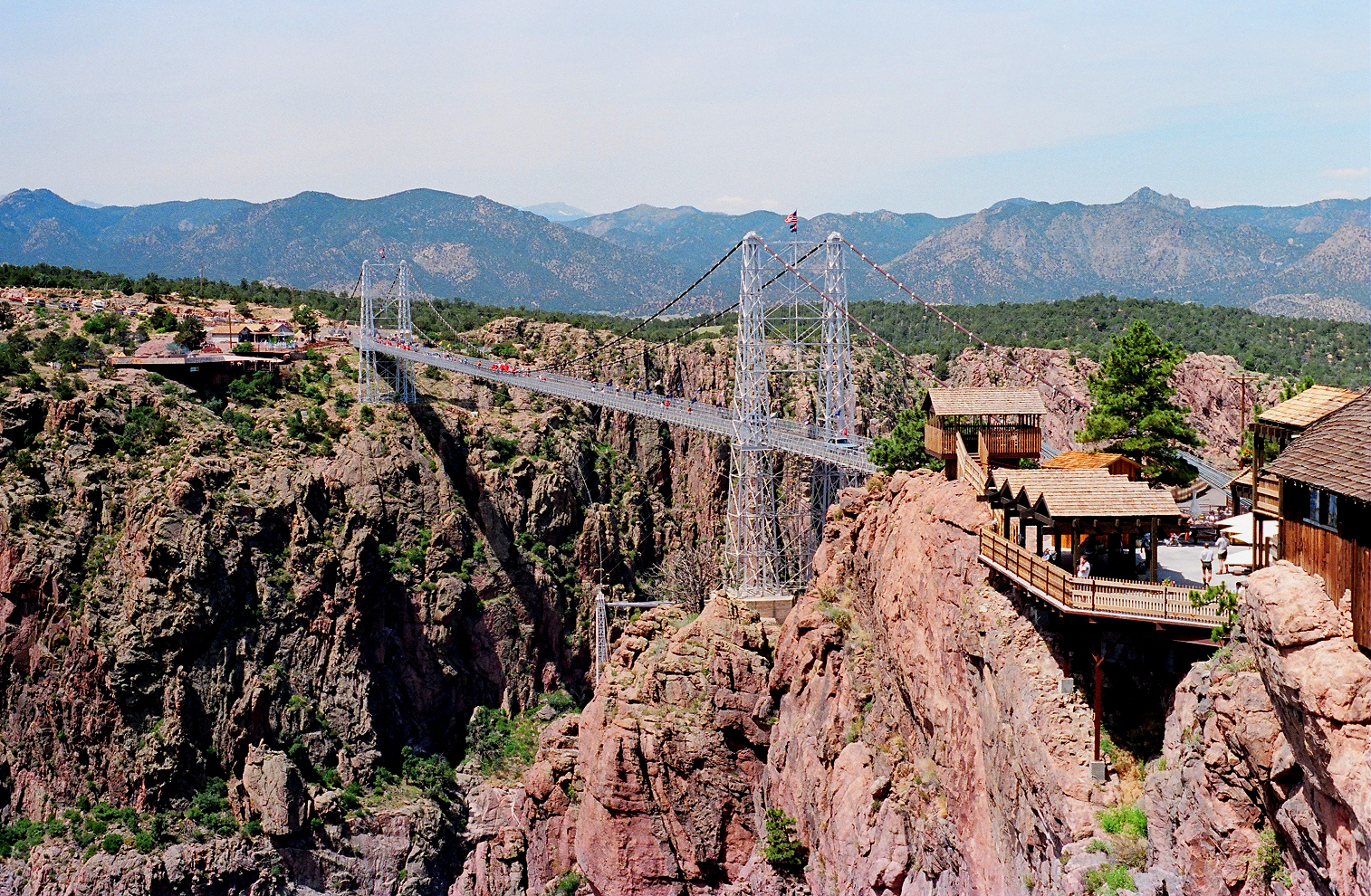
Damaged heavily by the floods of 2013, the Royal Gorge Railroad is back in business!
Offering special “murder mystery” rides as well as lunches and dinners, the Royal Gorge is a spectacular ride through southern Colorado and the Royal Gorge - since 1999.
The trip takes just over two hours. The gorge offered an incredible challenge to railroad entrepreneurs, and you can read all about its fascinating history here.
In 1882 the Royal Gorge route became a transcontinental rail link between Denver and Salt Lake. During the 1890’s, four transcontinental passenger trains a day passed through the Royal Gorge.
With the opening of the Moffat Tunnel in 1928, the rail line would soon become obsolete.
The Royal Gorge Route Railroad was reestablished in the fall of 1998 and has become a premier destination attraction carrying over 100,000 guests through the Royal Gorge each year.
Cumbres & Toltec Scenic Railroad
A 67-mile day trip along the Cumbres & Toltec Scenic Railroad will carry you aboard a coal-fired steam engine through mountain canyons, high desert and lush meadows, zig-zagging through the Colorado and New Mexico border.
Built in 1880, the track between Antonito and Chama was part of the San Juan Extension of the Denver & Rio Grande Western Railroad.
It was an engineering feat for the time, but the decline of silver mining in the 1890s ended the railroad’s vital role.
Trains depart daily from Chama, New Mexico and Antonito, Colorado, from late May’s blooming wildflowers through the gold leaves of October.
Priding itself on being the “most authentic steam-operated railroad,” the Cumbres & Toltec was designated a National Historic Landmark Designation in 2012.
Cripple Creek & Victor Narrow Gauge Railroad
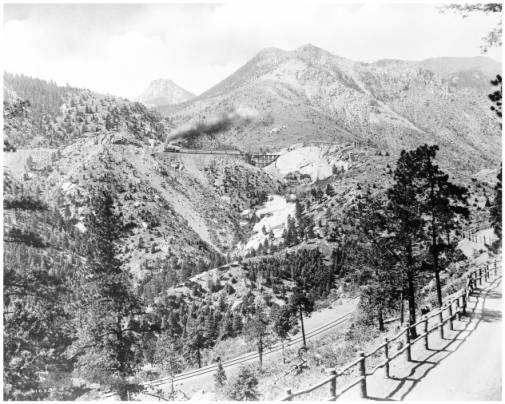
Near Victor, Colorado, the Cripple Creek & Victor Narrow Gauge Railroad on a scenic, winding trip on an 1894 locomotive. The 45-minute ride is about four miles round-trip and offers a rich history lesson in Colorado's gold mining days. On June 28, 1967 Dr. John M. Birmingham opened the Cripple Creek and Victor Narrow Gauge Railroad for business. He still oversees the business today.
Colorado Railroad Museum
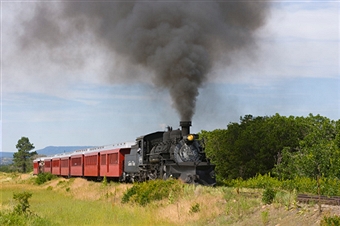
If you aren't up for a ride on a railroad, get your fix at the Colorado Railroad Museum! It is located in Golden, family friendly, and a great way to learn about Colorado's rich railroading history!
For more on Colorado train trips visit here.




